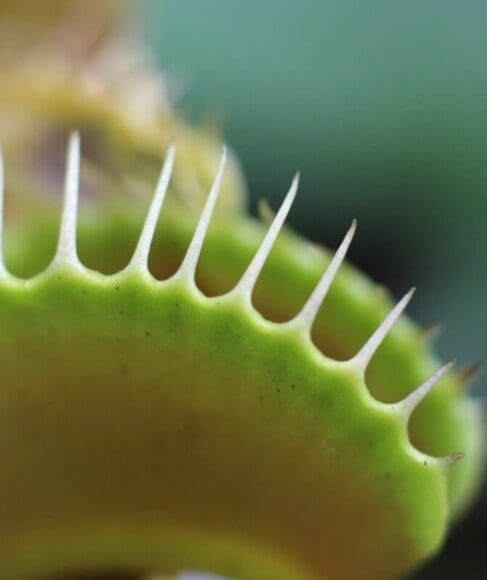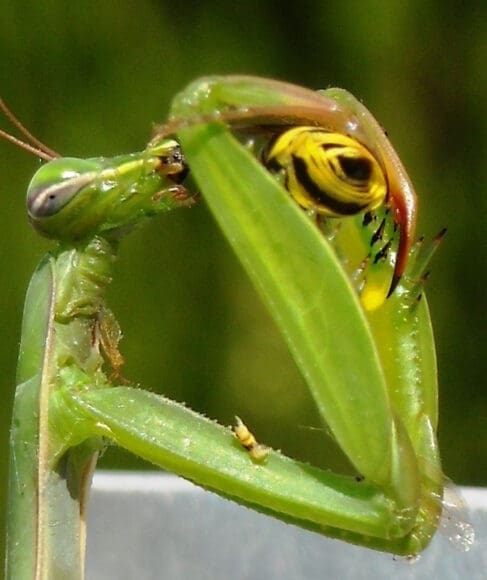And no less colorful than them.
While it is not as popular as the identification of butterflies, dragonfly identification continues to attract a large crowd of enthusiasts from around the world.
Identification hobbyists and hobbyists are aware of the large number of dragonfly species and know which species are common and widespread in the United States. However, dragonfly identification is not a simple science. There are several different types of dragonflies. As a result, it is often necessary to consider not only the size but also the color, pattern, and markings of a dragonfly in order to correctly name and identify it.
Dragonfly identification and fan interest in dragonflies continue today even though it is a generally accepted fact that there are no more than three hundred species of dragonflies in North America.
Dragonflies can be found throughout the United States, but especially around ponds and lakes.
Most dragonflies found around ponds and lakes are land dragonflies, which are adapted to survive by subsisting on fish and aquatic plants. Some land dragonflies, called true dragonflies, actually originate from tropical regions, but have been introduced to the United States. The most common dragonflies found around ponds and lakes are those with large eyes, which is the main reason they are so closely identified as dragonflies.
Multi-colored, dragonflies are striking and graceful insects when flying
In the West, dragonflies are divided into two main categories based on their color pattern: egg fly larvae and adult stages. There are about ten different genera of dragonflies, including the smaller butterfly species that are confined to the west and have adapted to a wide variety of habitats; and the larger immobile forms, or cespitidae, which occur in all areas of the world and have adapted to a life of solitude in which they no longer need to feed.
Within the dragonfly genera, the most common is the Raccoon Cushionwing, also known as the western mole dragonfly. This species is generally found in large numbers, with the smallest species being about an inch long. They are found throughout the country in the southern states and occasionally in the prairies of the Midwest and North.
On the other side of the country, you'll find Dragonflies Order Odonata, found only in the northern states and in the mountainous areas of Colorado, New Mexico, and Oklahoma. These types of dragonflies differ from other dragonflies by having wings that are considerably larger than those of insects.
They are usually dark brown or black in color with red veins on their wings, and their body styles are distinctively different from other dragonflies. They feed on small insects that tend to drown in water. One family of these dragonflies is called caddis flycatchers and they are commonly known as damselflies. Other types of dragonflies belonging to this order are also known as damselflies, caddis flycatchers, and caddis flies.
The third order, the damselfly genus, includes several different types of damselflies. They are generally called damselflies because of their tendency to hang out together in large groups, even congregating in pairs. However, from time to time they fly free and can even fly together with other damselflies of different kinds.
There are four general types of damselflies that generally occur together in large numbers. These are the oropendola damselfly, the cinnamon damselfly, the banded damselfly, and the tree blanket damselfly.
As stated above, these general types of dragonflies have originated from different parts of the world, but more recent evidence indicates that they all originate from Australia.
This means that the largest dragonfly known to live in the world is a relative of the Damselfly commonly found in North America. Estimates indicate that these flying creatures have lived up to fifteen million years.
The last two genera of dragonflies are called Cimicidae and Cynopterus and are smaller than the other two. They are separated by a relatively narrow margin between them in size, and the two genera share most of their characteristics.
The Cimicidae have a similar overall body shape with a long, spiny abdomen and a short hooked body. It is also the only dragonfly with widely spread wings, unlike the other two genera. The other two varieties have narrow and pointed abdomens, with long feathers that detach from them in the case of the Cimicidae, while in the other two it is the wings that extend.
Each of these three orders, which share most of their characteristics, has evolved in the same way. The two wings, or imaginings, of the dragonfly combine to give the insect wings. It derives its name from the Greek word meaning “wing.” From this combination emerged the first living dragonflies, called dragonflies by the Romans. Through evolution, the dragonfly's wings have become more specialized to allow them to fly fast and with incredible agility and maneuverability.
Frequently asked questions from our readers:
Last modified: April 14, 2024










